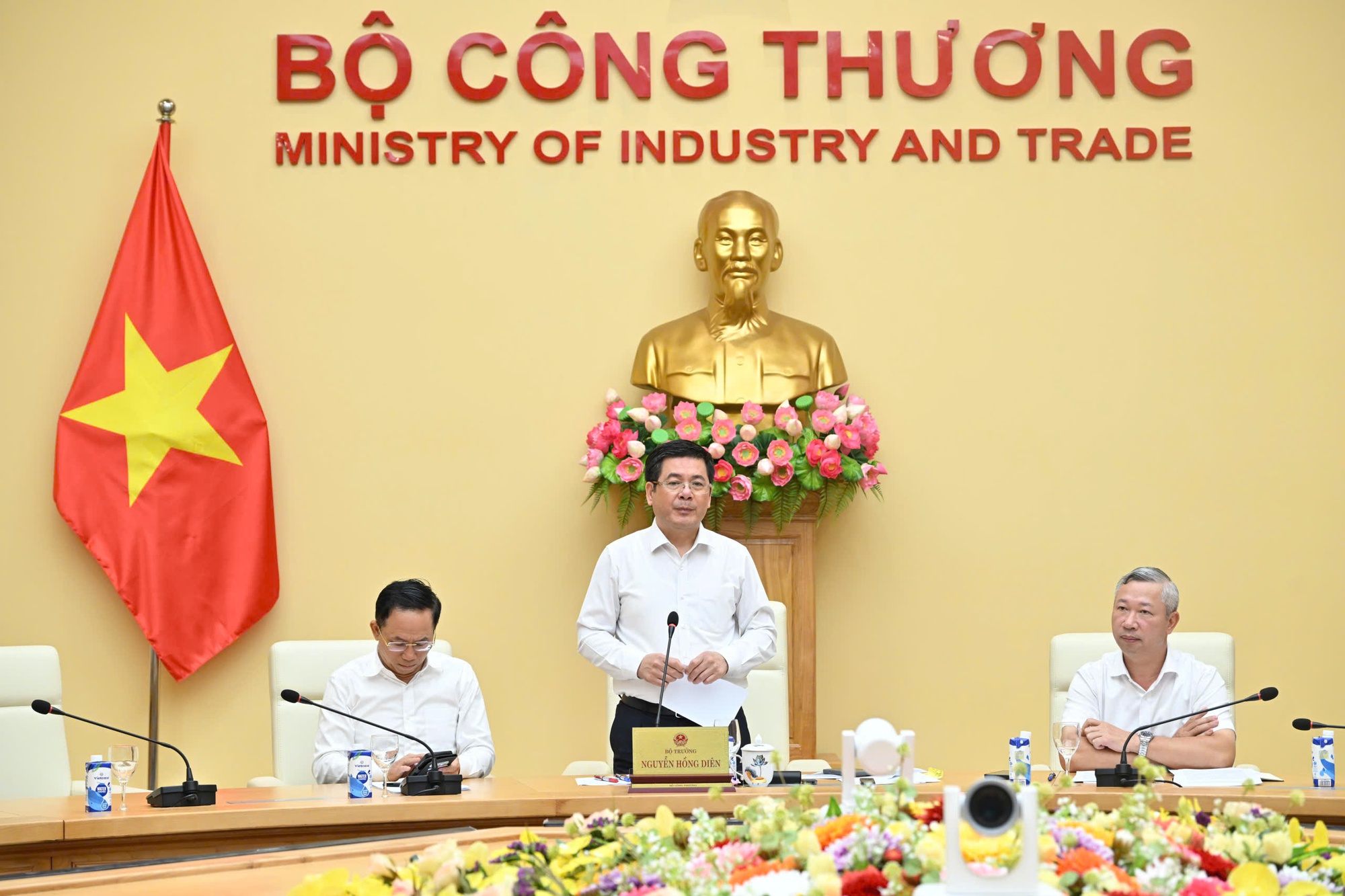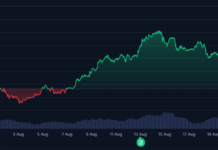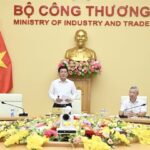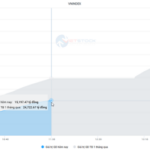The Ministry of Industry and Trade recently convened a conference to gather insights from experts, managers, businesses, and stakeholders in the energy sector regarding the implementation of a competitive electricity market.

Minister of Industry and Trade Nguyen Hong Dien delivering a speech
In line with the roadmap for developing a competitive electricity market, the Ministry reports that over 140 power plants are now participating in price bidding, alongside five power distribution corporations and hundreds of retail electricity companies. These operate in conjunction with the primary wholesale buyer, the Electricity Trading Company.
The Ministry has introduced multiple retail price frameworks and flexible adjustment mechanisms. Additionally, it has established pricing structures for emerging sectors such as energy storage, pumped hydro storage, and battery storage systems. These initiatives lay the groundwork for a more transparent and competitive electricity market in the future.
However, Minister Nguyen Hong Dien candidly acknowledged that Vietnam’s electricity market remains incomplete, with several bottlenecks: challenges in attracting investment and negotiating electricity prices; opaque pricing mechanisms; and cross-subsidies among customer groups; consumers still lack the ability to choose their electricity provider.
Eliminating Cross-Subsidies in Electricity Pricing
The challenges are compounded by the need to triple power capacity within the next five years, from 81,000 MW to 234,000–251,000 MW, as outlined in the adjusted Power Master Plan VIII and Resolution 70 of the Politburo. Without a genuine, transparent market, achieving this goal will be exceedingly difficult.
Minister Nguyen Hong Dien emphasized that the development of a competitive electricity market must align with the policies and directives of the Party and Government, particularly Resolution No. 70/NQ-TW. It must also consistently adhere to the principles outlined in the Electricity Law.
Regarding electricity pricing mechanisms and power purchase agreements, the Minister stressed the need for enhancements to meet market demands. Comprehensive reviews and assessments will continue to refine the design of both wholesale and retail competitive electricity markets.
“A key principle to uphold is that market price signals must play a critical role in attracting investment,” the Minister emphasized.
According to the Minister, a phased approach is necessary to eliminate cross-subsidies in electricity pricing among customer groups and regions, tailored to the level of market competitiveness. Regulations on distribution service pricing must also be enacted, ensuring adherence to the principle of “fully and accurately” accounting for costs, particularly in electricity transmission.
New Electricity Pricing Mechanism: Insights from the Minister of Industry and Trade
According to the Minister of Industry and Trade, the current electricity pricing mechanism lacks transparency, with persistent cross-subsidies among consumer groups and a lack of choice for consumers in selecting their electricity retailers.
Empowering Customers in Choosing Their Electricity Provider
According to Mr. Nguyen Thanh Nghi, Resolution 70 mandates the enhancement of customer choice in accessing and selecting electricity providers that best meet their needs.
Market Pulse 10/09: VN-Index Rebounds in Afternoon Session as Foreign Investors Ramp Up Net Selling
At the close of trading, the VN-Index rose 5.94 points (+0.36%) to 1,643.26, while the HNX-Index dipped 0.22 points (-0.08%) to 274.6. Market breadth favored the bulls, with 381 gainers outpacing 332 decliners. The VN30 basket showed a near-even split, with 14 advancers, 13 decliners, and 3 unchanged stocks.













































